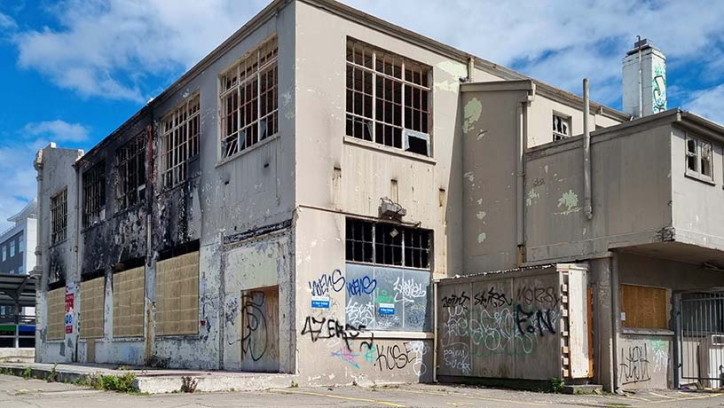Identifying and managing dangerous, affected and insanitary buildings
Posted: 15 August 2024

People and communities who use buildings need to be able to do so safely and without endangering themselves and their health. In some situations, buildings may become dangerous or insanitary, for example they may be used for something they were not designed for, have suffered structural damage or they may not have functioning sanitary facilities. Such buildings have the potential to cause serious harm to people, or damage other property.
All territorial authorities, or councils, are required by the Building Act to manage dangerous, affected and insanitary buildings in their districts.
They are also required to adopt and maintain policies that state their approach and priorities for doing this and confirm how the policy applies to heritage buildings. These policies must be reviewed by the council every 5 years.
The Ministry of Business, Innovation and Employment (MBIE) has published updated guidance for territorial authorities developing and adopting policies on dangerous, affected and insanitary buildings. This update incorporates the changes made to the Building Act by the Building Amendment Act 2013, the Building (Earthquake-prone Buildings) Amendment Act 2016, the Building Amendment Act 2019 and other related legislation.
These changes include:
- the addition of provisions for affected buildings
- information about how the provisions for dangerous, affected and insanitary buildings apply to dangerous dams and in areas designated for building management in emergencies.
Additional resources have been developed to support authorities managing these buildings:
- A process flow chart setting out the steps territorial authorities can take to manage a dangerous, affected or insanitary building from initial report/identification through to resolution.
- A template for a building inspection report for use by territorial authorities who are inspecting potentially dangerous, affected or insanitary buildings.